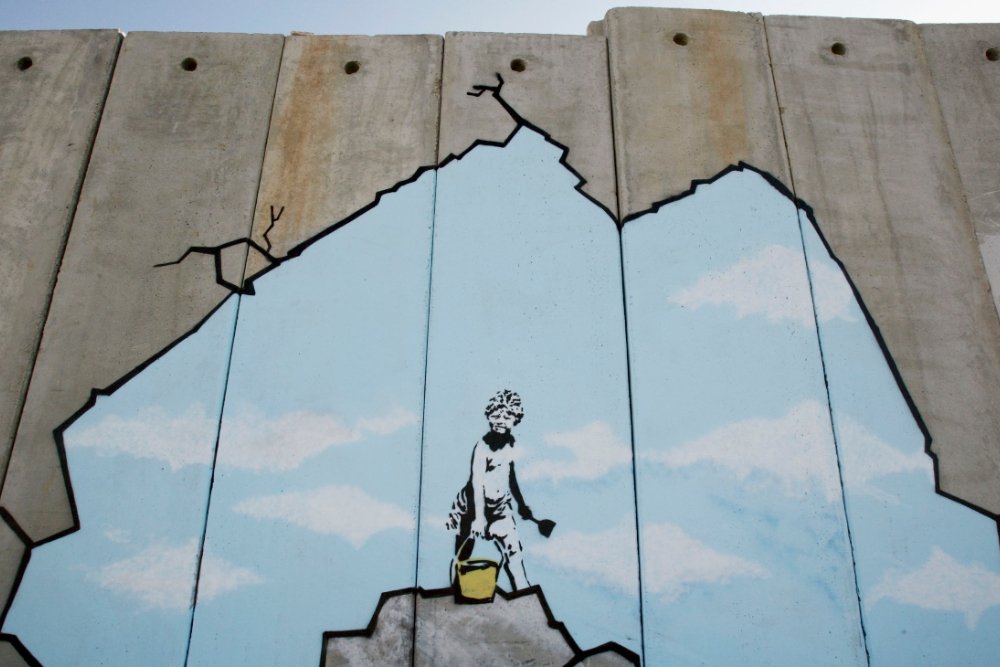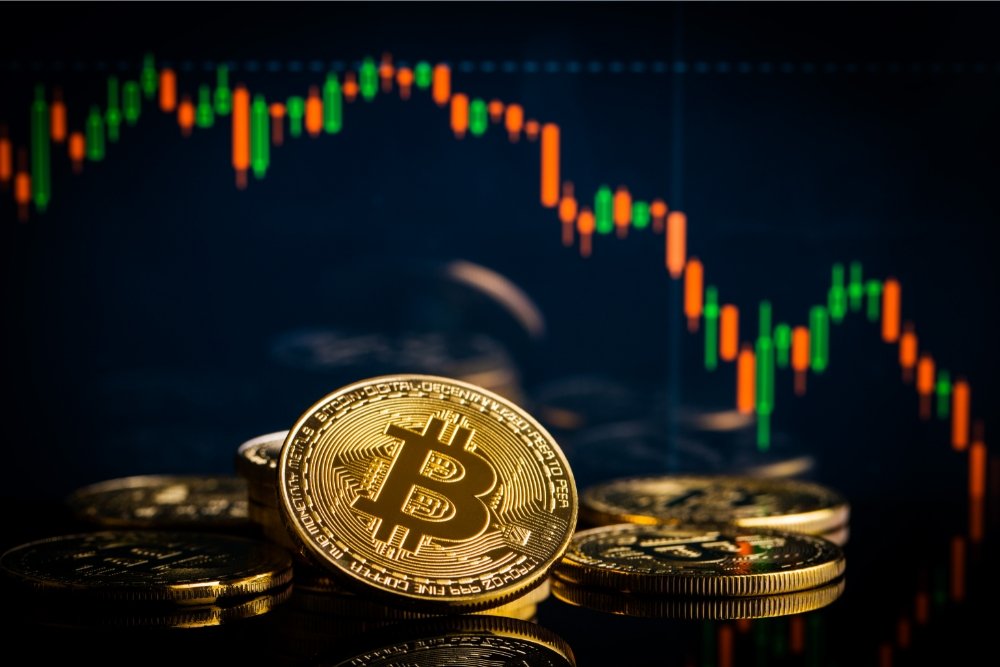The recent news of Banksy’s identity being revealed in a lost BBC interview has caused quite a stir. This article will explore how his identity was discovered and what it means for the world-renowned street artist.
Banksy’s Enigmatic Persona
Banksy, the anonymous street artist and political activist, has captured the world’s attention with his thought-provoking and often controversial art. One of the most intriguing aspects of Banksy’s career is the mystery surrounding his true identity.
Banksy kept his real name and face hidden from the public despite being active for over two decades. This anonymity has only added to his allure and has generated a great deal of intrigue and speculation.
Theories and speculations about Banksy
Over the years, numerous theories and hypotheses about who Banksy might be emerged. One popular idea is that Banksy is a collective rather than an individual. Some believe Banksy is a group of artists working together to create their iconic pieces. This theory is supported by Banksy’s work’s wide range of styles and techniques.
Another theory suggests that Banksy is a well-known artist or celebrity using a pseudonym to explore a different style or express their views without facing scrutiny. Several names have been thrown around as possible identities, including musicians, actors, and even members of the British royal family. However, these theories have yet to be confirmed, and Banksy remains enigmatic.
The mystery surrounding Banksy’s identity has only fueled public fascination and curiosity. This speculation has created an entire subculture dedicated to unraveling the unknown, with online forums and websites devoted to discussing and analyzing every aspect of Banksy’s work.
Banksy’s anonymity lets people focus on his art and its powerful messages. Ultimately, this mystery has elevated Banksy’s work to the status of a cultural phenomenon and ensured his lasting impact on the art world.
The Lost BBC Interview
The lost BBC interview with Banksy has recently resurfaced, causing a stir in the art world. The interview, conducted in 2003 but never aired, provides rare insights into Banksy’s artistic process and motivations. In the interview, Banksy discusses his early influences, the challenges of creating art in public spaces, and his views on commercializing street art.
One of the most significant revelations from the interview is the claim made by the interviewer that Banksy’s real name is Robin Gunningham. This revelation has sparked intense speculation and debate about Banksy’s true identity, as he has always maintained anonymity. While some have embraced the idea that Banksy is indeed Gunningham, others remain skeptical and believe that Banksy’s identity should remain a mystery.
Impact of this interview on Banksy’s reputation and the art world
The effect of this interview on Banksy’s reputation has been mixed. On one hand, it has brought renewed attention to his work and has generated widespread media coverage. This increased exposure has likely boosted his popularity and further solidified his status as an influential artist.
On the other hand, some critics argue that the revelation of his name goes against Banksy’s ethos of anonymity and challenges the authenticity of his art. They suggest that Banksy’s mystery and elusiveness are essential to the allure and power of his work.
In the broader art world, the resurfacing of this interview has sparked discussions about the nature and legitimacy of street art. Some argue that street art should be viewed as legitimate art forms that deserve recognition and protection.
They believe that Banksy’s interview helps to shed light on the artistic merit and social commentary inherent in street art. Others, however, maintain a more skeptical view, dismissing street art as vandalism or mere graffiti.
Reactions and Controversies
The news of Banksy’s identity being revealed would undoubtedly spark a wide range of reactions from fans, art enthusiasts, and the general public. Banksy’s anonymity has been integral to his art and mystique for many. The revelation of his identity could challenge the perception of his work and raise questions about the authenticity of his message.
Some fans and art enthusiasts may feel disillusioned by the unmasking of Banksy. His anonymity has allowed his art to speak for itself. The revelation of his identity could shift the focus onto Banksy as an individual, potentially overshadowing the impact and meaning of his artwork.
On the other hand, there may also be curiosity and intrigue surrounding the artist’s true identity. Some people may welcome the revelation as an opportunity to gain insight into Banksy’s motivations and creative process. It could provide a deeper understanding of his art and contribute to ongoing discussions about graffiti, street art, and their place in art.
Controversies and debates are likely to arise following Banksy’s identity reveal. Some skeptics may question the interview’s authenticity or the credibility of the person claiming to be Banksy. Others may argue that Banksy’s anonymity was a conscious decision to protect himself from legal consequences or maintain his art’s provocative nature. These debates could add another layer of complexity to discussions surrounding Banksy’s work and its cultural significance.
The potential implications of Banksy’s art are also worth considering. Will knowing his true identity alter how his artwork is perceived or valued? Will it change the way his art is exhibited or collected? These questions may be explored and debated in the art world and among fans and critics.
The Future of Banksy
The revelation of Banksy’s identity would undoubtedly have significant consequences for the artist and their ability to continue creating art. Banksy has built a reputation as a mysterious and elusive figure. If Banksy’s identity were known, it would likely change how their art is perceived and experienced.
One potential consequence is that Banksy’s work could lose some appeal and impact. The artist’s anonymity allows viewers to interpret and engage with the job without preconceived notions or biases. Knowing the artist’s identity could introduce personal opinions and judgments that overshadow the message of the art.
Additionally, revealing Banksy’s identity could lead to legal issues and potential repercussions. Banksy’s work often involves unauthorized graffiti and public interventions, which are illegal in many jurisdictions. With their identity known, Banksy could face legal consequences for their past and future works.
However, it is essential to highlight the enduring legacy of Banksy’s work and the importance of separating the artist’s identity from the art itself. Banksy’s art has profoundly impacted contemporary art and popular culture, challenging societal norms, highlighting social and political issues, and sparking conversations worldwide. The anonymity of Banksy has allowed their craft to become a powerful symbol of resistance and dissent, transcending individual identity.
Regardless of Banksy’s identity, their work will continue to inspire and provoke thought. The message and impact of the art truly matter, not the artist’s identity behind it. The enduring legacy of Banksy’s work lies in its ability to connect with people on a profound level, even without knowing who created it.
Takeaway
After years of hypotheses, it appears that we now have proof of who is behind some of our favorite pieces of street art – none other than Robert Del Naja, aka 3D, better known as Banksy himself!
The perspectives differ on whether this should have stayed a secret indefinitely. However, there is no doubt that this revelation has revolutionized everything regarding knowing how much labor goes into generating these masterpieces.









